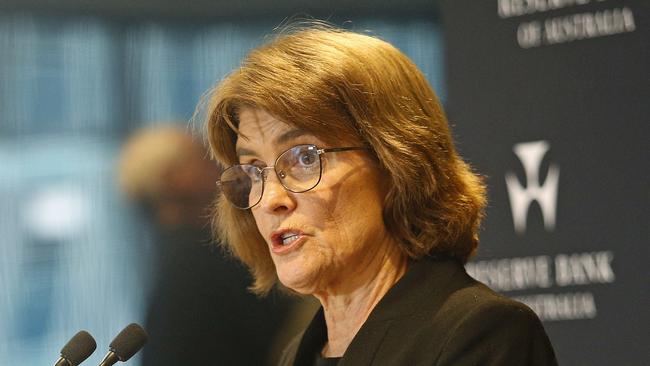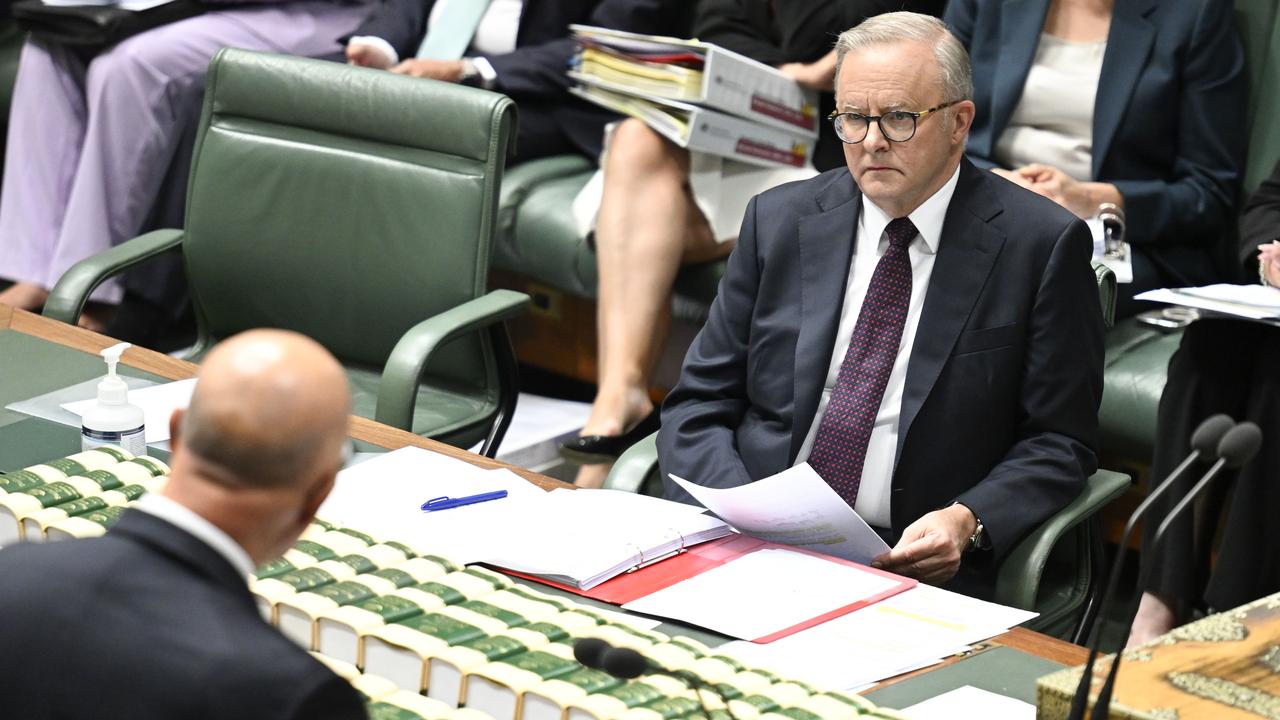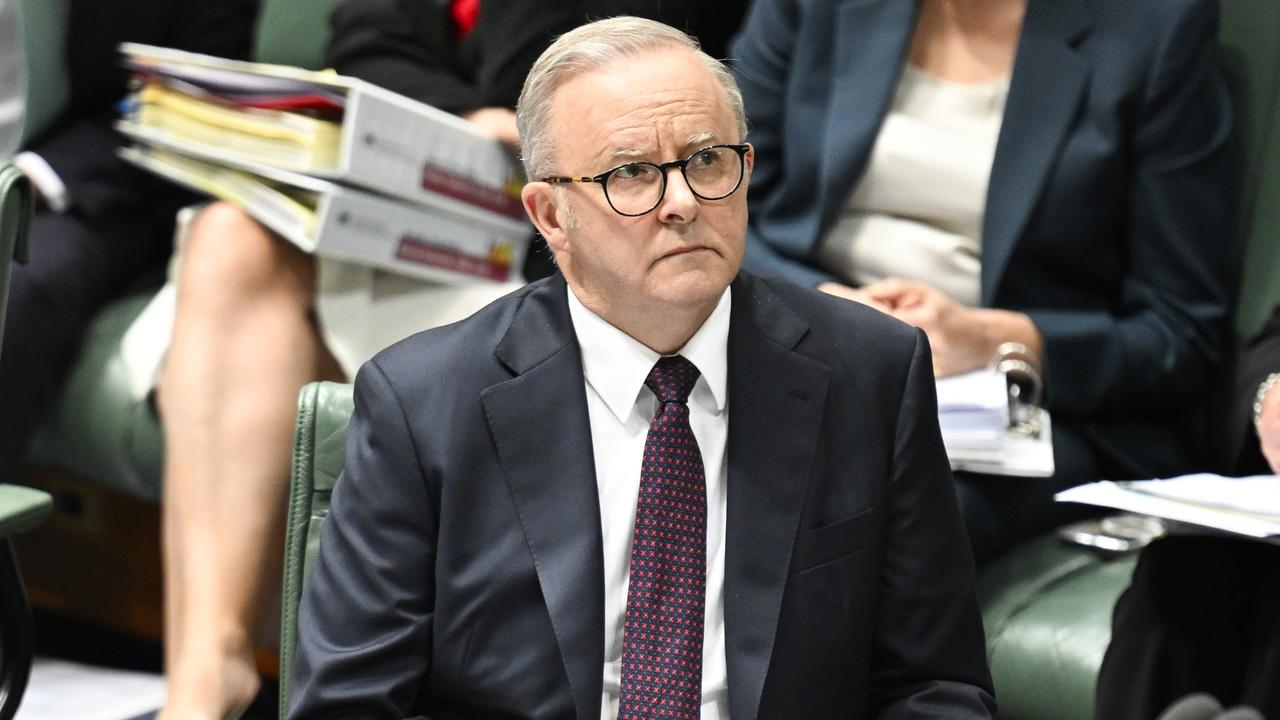
Jim Chalmers declared the Reserve Bank’s restrictive monetary policy was “smashing the economy”, but there are two Ps hitting record levels and keeping Australia above water and the pressure on inflation: population and public spending.
Those sources of growth, for different reasons, aren’t sustainable yet they’re likely to be the strongest contributors to a small rise in gross domestic product in the June quarter when the national accounts are published on Wednesday morning.
As implied by Australian Bureau of Statistics figures for retail trade in those three months, the population increased by 0.65 per cent, keeping annual population growth about 2.5 per cent or 666,000 people last financial year. It means net overseas migration for 2023-24 is likely to be in the 530,000-550,000 range, eclipsing the Treasurer’s forlorn budget estimate of 395,000.
International students are behind the population surge, with many staying on after completing their studies.
Backpackers are not going home, either, shifting on to bridging visas or temporary skilled visas, which have been granted at historically high levels.
According to the Department of Home Affairs, at the end of July, there were a record 696,000 foreigners here on student visas and a record 218,600 on temporary graduate visas.
That inflow of students, who are spending a lot more than previously thought, is translating into what Commonwealth Bank economists described as a “staggering” 6 per cent increase in the volume of service exports (offsetting a fall in goods exports) last quarter.
Labor’s caps on foreign students won’t kick in until next year so there should be an ongoing contribution from their spending in an economy where consumer demand growth is weak.
Talk about killing the “golden goose”.
New ABS figures on Tuesday also showed stronger than expected public demand, which includes capital works and consumption, which are outlays on social services, public sector wages and transfer payments.
Westpac economists believe public consumption spending hit a record high 22.5 per cent of GDP in the June quarter as governments ramped up outlays on the National Disability Insurance Scheme, childcare, healthcare and energy rebates, as well as pay hikes for public servants.
In its toughest statements yet on how expansionary budgets were boosting the level of demand in a supply-constrained economy, the Reserve Bank last month said it had pushed out the timeline for when underlying inflation would return to its 2.5 per cent target.
“Public demand is forecast to be stronger than previously expected, reflecting recent public spending announcements by federal and state and territory governments,” the RBA said in its Statement on Monetary Policy.
Before the Treasurer’s extraordinary provocation this week on the damage being caused by the RBA’s rate squeeze, governor Michele Bullock had downplayed the effect of loose budgeting on inflation.
Voters, however, disagree with the RBA chief.
As JWS Research’s latest True Issues survey reports, 34 per cent of Australians surveyed believed government spending and policies were increasing inflation, while only 15 per cent thought government action was reducing inflation.
The people have spoken.
Speaking of Ps, will Bullock now punch on or placate the political beasts?






